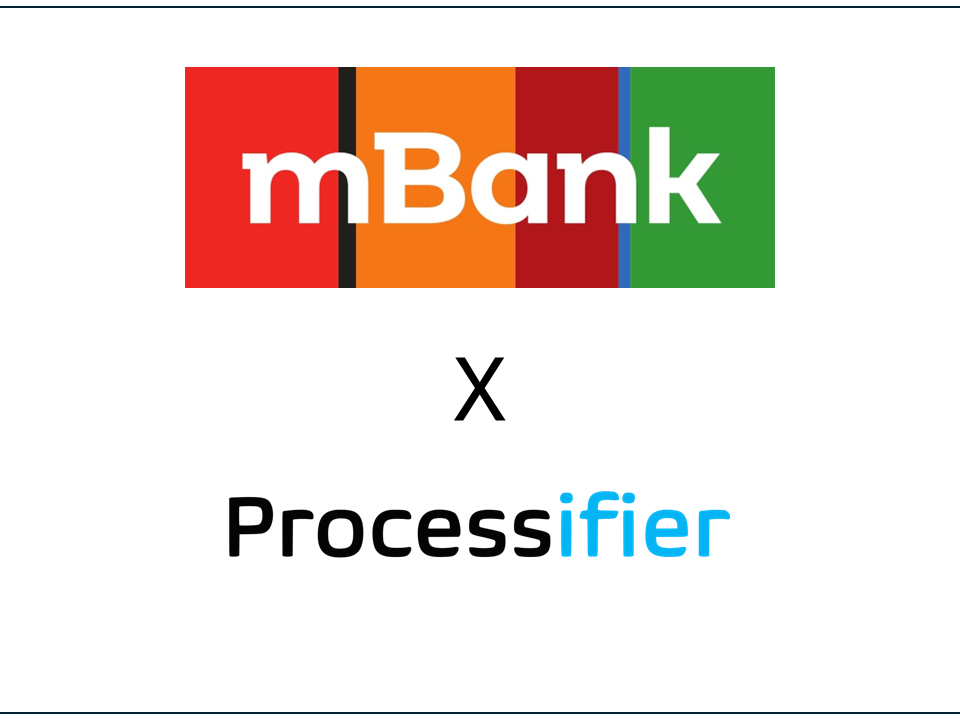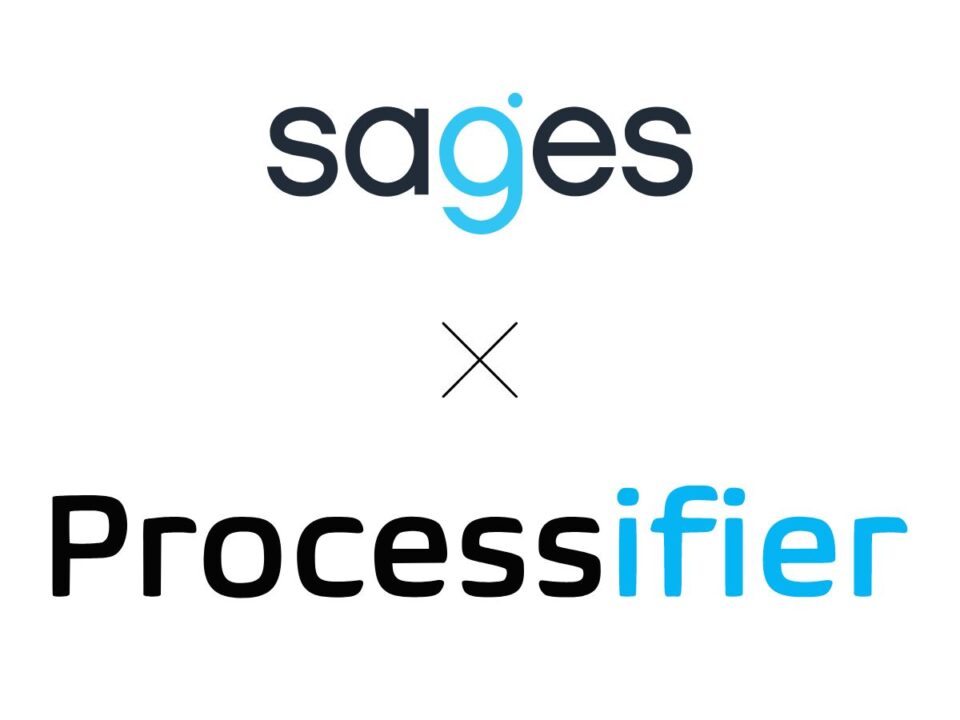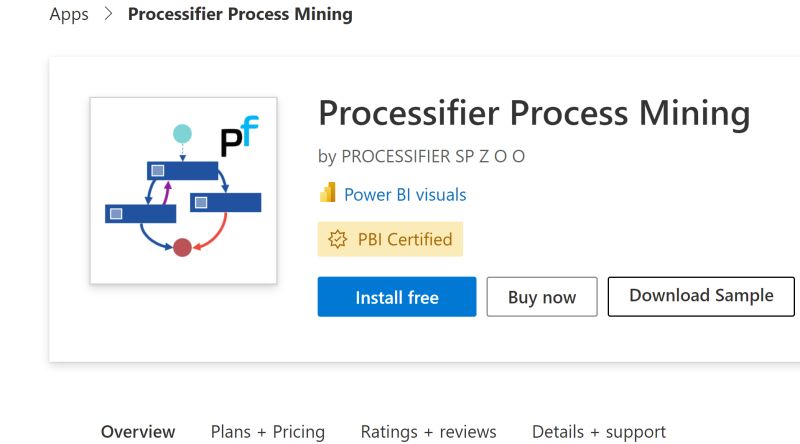Process Mining – is this only Business Intelligence on steroids?

I recently attended some meetings focused on process management and optimization, where I encountered the belief that process mining is merely another business intelligence tool that provides attractive graphs. Initially, I was taken aback by this statement. Still, it made me wonder why I have heard it more frequently, especially from people selling such tools. This reminded me of the saying: "When you do not know the issue, it is usually money".
Subsequently, I took some steps to investigate further. Currently, the process mining market is estimated to be between USD 500-1000 million, while the BI market is worth approximately USD 30,000 million, based on various reports. While the process mining market is projected to experience dynamic growth, it is evident that BI is the more established market.
When I heard the term BI, my initial thought was associated with a collection of pivot tables and a large pie chart in the center. So what exactly is Business Intelligence?
Let's look up the definition of the term on Google or Wikipedia (although it might be easier to use Chat-GPT😊). According to all those definitions, BI focuses on supporting business decision-making. Indeed, Process Mining could be considered a BI tool. I could admit that I was mistaken and stop here, but...
In my opinion, the term Business Intelligence in relation to Process Mining is a too big oversimplification. As someone from the data science industry, we encounter the same problem when we want to define machine learning in a concise manner. For example, consider two standard data science use cases: image recognition and time series forecasting. Both are undoubtedly machine learning problems, but they address entirely different business areas and require different algorithms, data sets, etc.


Returning to comparing process mining with classical BI solutions, what are the key differences?"
Data
BI typically analyses structured data at an aggregated level, whereas process mining focuses on detailed event logs to provide insights into individual process steps and activities.

Purpose
BI solutions typically rely on predefined reports and dashboards that present historical data in a static format. These reports and dashboards are designed to answer specific business questions and provide insights into past performance.
In contrast, process mining is specifically designed to analyze and improve business processes. With process mining algorithms, you can analyze event logs and discover insights into processes' performance (even in real-time). As a result, process mining enables organizations to identify inefficiencies, bottlenecks, and compliance issues and optimize their operations accordingly.
While BI solutions help understand past performance, process mining provides a more dynamic and real-time approach to process analysis, allowing organizations to improve their operations continually.

Flexibility
Process mining is more flexible and adaptive to changes in business processes. At the same time, BI requires significant effort to modify reports and dashboards when changes are made to the underlying data sources.

Final Thoughts
Although process mining presents a potential advantage for companies that adopt it, it still needs to be widely recognized in many countries and businesses. Organizations that decide to implement process mining now may have a competitive edge over their rivals. Process mining will likely become a standard tool in daily business operations. Therefore, the crucial decision for organizations is whether to begin their journey now and proceed at their own pace or wait and try to catch up with others in the future.




